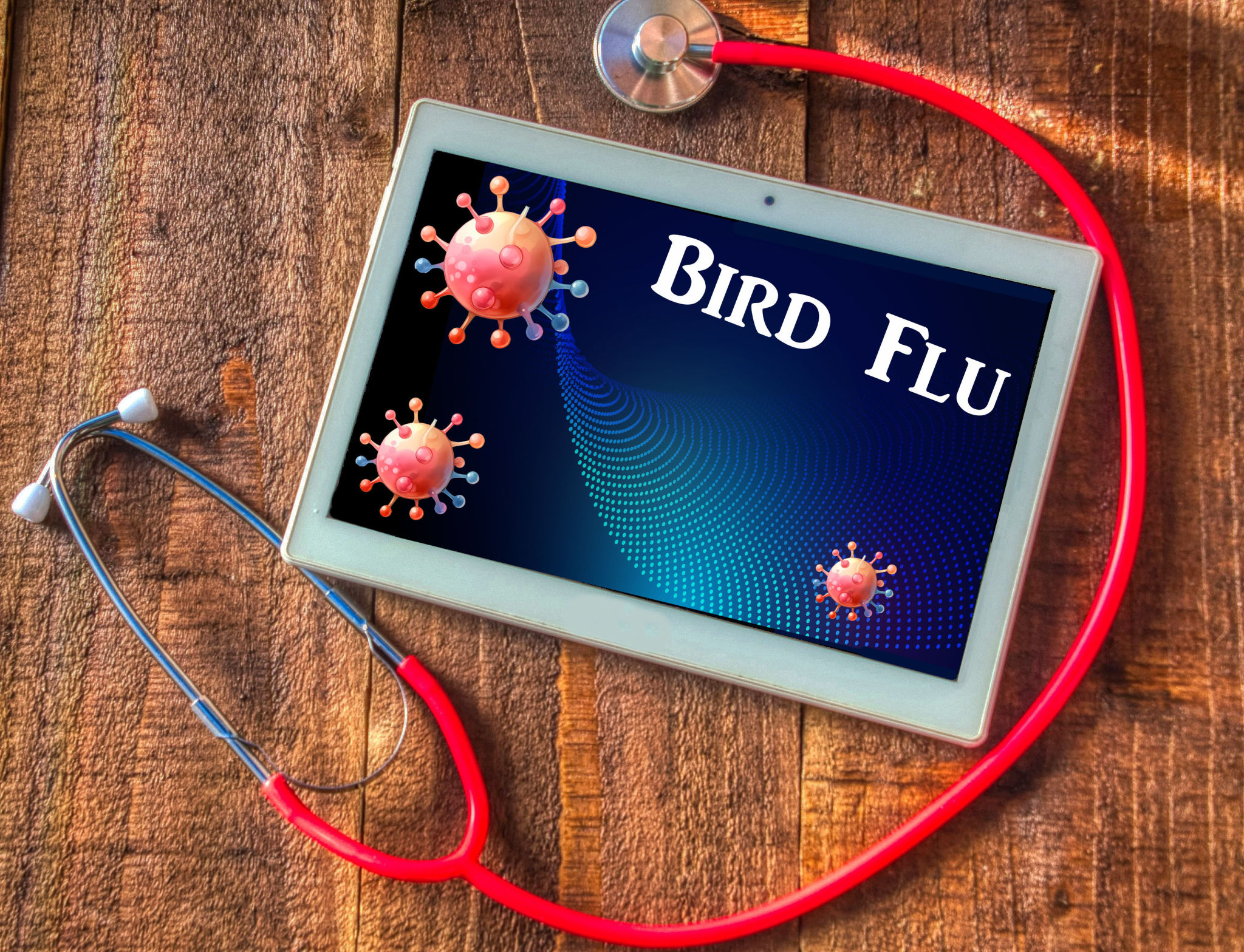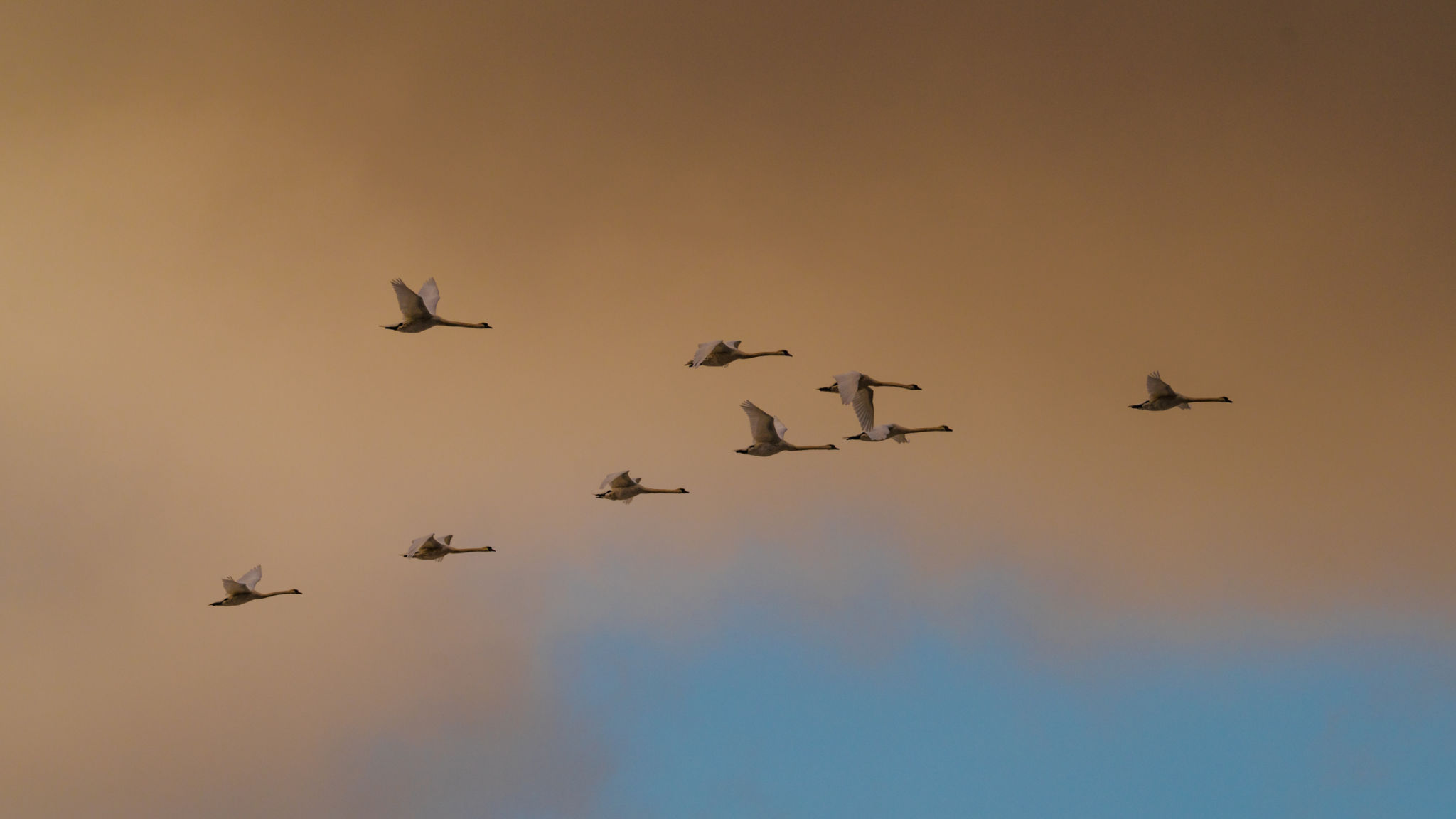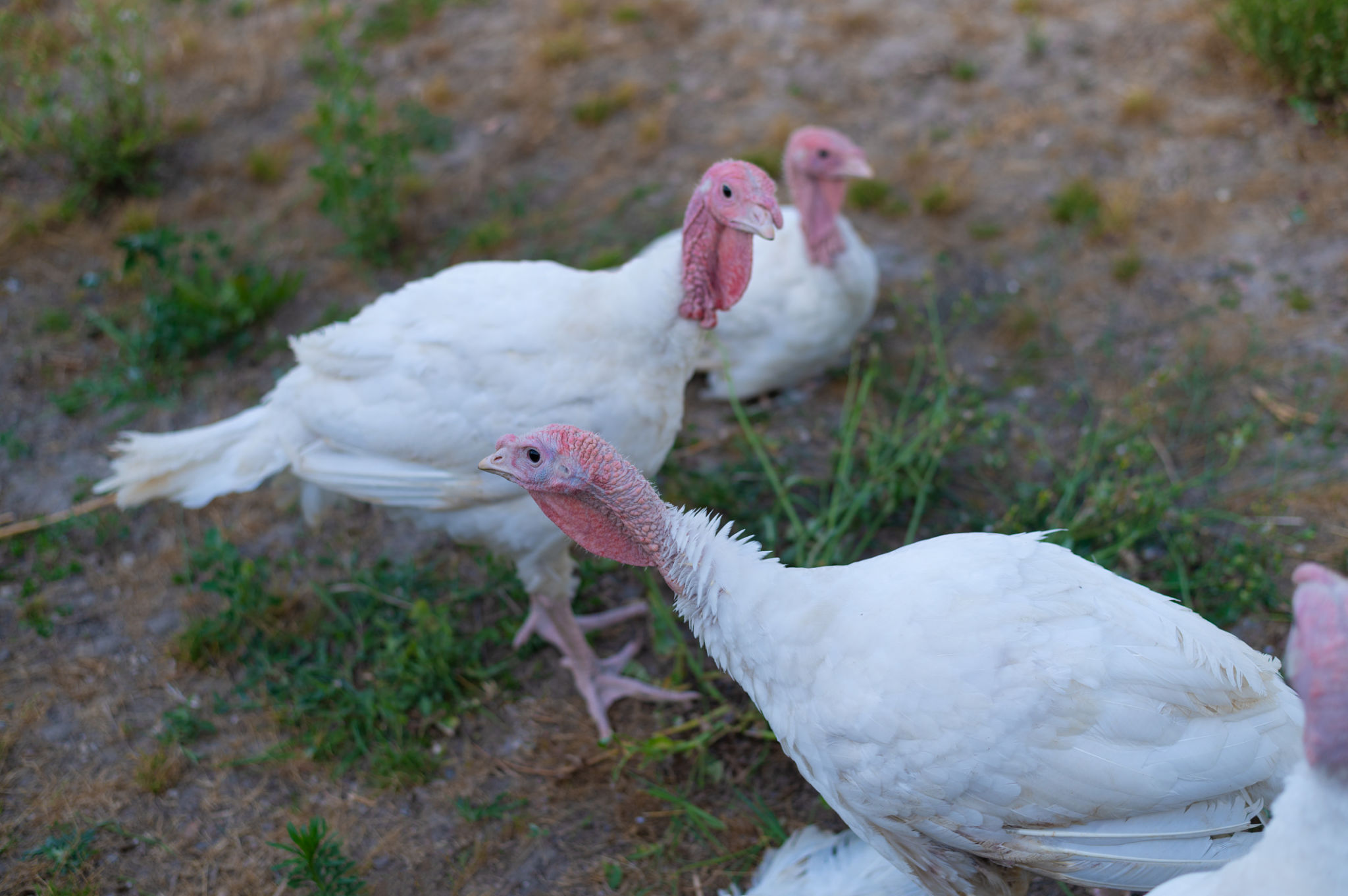Bird Flu in Ireland: Essential Information for Farmers
Introduction
After two quiet years, bird flu has made its way back into Ireland’s poultry sector. Two commercial turkey farms, one in Carlow and another in Meath, have now confirmed cases of highly pathogenic avian influenza (H5N1). It’s unwelcome news, especially heading into winter, and it has triggered a nationwide housing order for all poultry and captive birds.
For most farmers, this feels familiar. Anyone who went through the 2021–2022 wave knows how disruptive even a handful of cases can be. But this time, the response has been fast, clear, and thankfully early in the season.
Here’s what’s actually happening, and what it means for Irish farms.

Where Things Stand Now
Let’s pause on the facts, the things farmers need to know, not the noise:
- Ireland has confirmed two poultry outbreaks, both involving H5N1.
- These are the first cases in commercial flocks since late 2022.
- A nationwide housing order is now in effect, meaning all flocks; big, small, commercial or backyard, must be kept indoors or fully covered.
- Across Ireland, we’ve seen over 40 wild-bird positives in 2025, a sign the virus has been circulating for some time.
- Across Europe, activity has picked up too, with well over 150 detections between early summer and autumn.
- Public health officials still consider the risk to people low, but the rule remains: don’t touch sick or dead wild birds.
- Northern Ireland has introduced near-identical controls, which helps keep the island aligned.
It’s not a crisis, but it is a situation to take seriously.

What the Housing Order Actually Means
The housing order applies to every poultry keeper in the country, regardless of flock size. Backyard keepers sometimes assume these rules don’t apply to them, they do.
In practice, you now need to:
- House birds indoors or under a fully covered run.
- Keep feed, water, and bedding protected from wild birds.
- Use footbaths at entry points.
- Keep equipment and personnel movements to a minimum.
- Maintain solid rodent control.
- Separate waterfowl from other poultry entirely.
Larger flocks (350 birds or more) have extra requirements around shed zoning, vehicle control and equipment management. But the basics matter just as much for a dozen laying hens as they do for 30,000 broilers.

Why This Time of Year Is Risky
You don’t need a textbook to explain this, anyone living near wetlands or lakes knows what November looks like. Birds are on the move, and Ireland becomes a stopover for huge numbers of ducks, geese, gulls and waders.
Three things combine to lift our risk:
1. Migration peaks
Thousands of migratory waterfowl arrive, many carrying avian influenza without showing symptoms.
2. Weather changes behaviour
Storms and shorter days push wild birds closer to farmyards, roofs, and feed areas.
3. Cold, damp conditions favour the virus
H5N1 persists far longer in winter conditions, making transmission more likely.
This is the same pattern that drove the 2021–2022 outbreaks, and why the Department moved quickly once the first detections appeared.

Biosecurity Wins That Make a Real Difference
Biosecurity isn’t glamorous, but in a winter like this, it’s your strongest line of defence. The aim isn’t perfection, it’s to close off the small gaps where risk sneaks in.
Here are the steps that genuinely matter on real farms:
Keep Wild Birds Out
- Cover every feed and water point.
- Fix or replace torn nets.
- Reduce open water areas.
- Keep bedding dry and covered.
Control Entry
- One entry route per shed.
- Clean boots, clean clothing, and a proper footbath, topped up, not just for show.
Separate Species
- Keep ducks and geese away from hens and turkeys, mixed yards are a fast track for trouble.
Rodent Control
- It’s hard to overstate this one. Rodents can carry contamination across surfaces in seconds.
- Refresh bait points and seal holes before winter sets in.
Know the Signs
- A sudden drop in eggs, feed intake falling off a cliff, swollen heads, coughing, unexplained deaths, don’t second-guess it.
- Call your vet and DAFM straight away.

What To Do If You Find Dead Wild Birds
It happens every winter: swans on river banks, gulls on beaches, ducks in fields.
This year, leave them exactly where they are.
Report them through the national system so they can be collected and tested. These results feed into the risk assessment that decides housing orders and movement controls.

Where Vaccination Stands
The EU has opened the door for targeted poultry vaccination, but Ireland isn’t using it as a frontline tool.
Vaccination comes with movement restrictions and testing complications, and for now the focus remains on:
- Early detection.
- Rapid containment.
- Housing.
- Strict biosecurity.
That may change in the future, but it is not part of the national plan this winter.

Movement and Market Impact
At this stage, there is no sign of disruption to processing or retail supply chains. A housing order is manageable; multiple outbreaks are what pressure the system.
However, farmers should expect:
- Restrictions on live-bird sales or shows.
- Tighter paperwork checks.
- Localised movement controls if new outbreaks appear.
- A cautious approach from buyers and processors
For now, it’s steady, but vigilance will decide whether it stays that way.

This Includes Small Flocks Too
One of the lessons from previous outbreaks, in Ireland and across Europe, is that the virus doesn’t care whether a flock is commercial or backyard.
Small flocks can act as intermediaries between wild birds and the wider domestic sector.
If you keep even a handful of hens, take the housing order seriously.
Your compliance protects everyone.

Conclusion
Ireland isn’t facing a major poultry crisis, but the situation has sharpened. With two confirmed outbreaks and over 40 wild-bird positives already this year, the housing order is the right move at the right time.
If farmers stick to tight biosecurity, early reporting and practical winter management, we can keep this contained, just as we did in previous years.
The message is simple: this winter is about discipline. And Irish farmers know better than most that staying ahead of a disease is far easier than trying to catch up with it.
*By Anne Hayden MSc., Founder, The Informed Farmer Consultancy.
